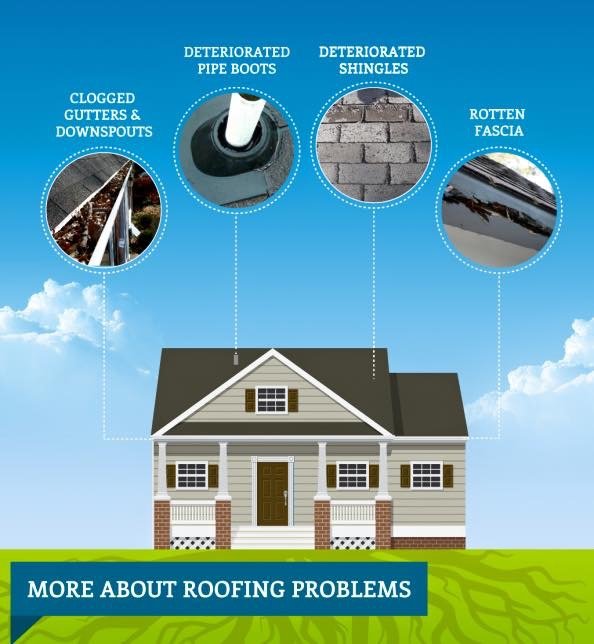The Significance Of Roofing Ventilation In Getting A Successful Installment
The Significance Of Roofing Ventilation In Getting A Successful Installment
Blog Article
Write-Up By-Lassiter Curtis
When you're taking on a roof covering task, you may not assume much about roof covering ventilation, however it's even more important than you realize. Efficient air flow aids regulate temperature level and moisture in your attic room, protecting against issues like mold and mildew and structural damages. By recognizing how to create and install a balanced ventilation system, you can enhance power efficiency and extend the life expectancy of your roof covering products. So, what are the vital variables to take into consideration throughout installation that can make all the difference?
Significance of Roofing System Ventilation
Roof ventilation plays a crucial role in keeping the total health of your home. By allowing fresh air to flow with your attic room, it aids manage temperature and wetness degrees. sky metal roofing is necessary to stop warmth buildup throughout hot months, which can lead to increased energy costs as your cooling burns the midnight oil.
Additionally, appropriate ventilation dramatically reduces the risk of moisture-related issues like mold and mildew and mold. If moisture levels increase, your home's structural honesty can be endangered, resulting in costly repairs. You wouldn't want to handle decaying timber or distorted roofing materials, right?
Furthermore, ample air flow expands the life expectancy of your roofing system. When heat and wetness are kept in check, your roofing system can carry out ideally, avoiding early wear and tear. This suggests fewer headaches and expenses down the line.
Exactly How Roofing Ventilation Functions
Efficient roof covering air flow relies on the all-natural motion of air to create a balance between consumption and exhaust. When you install vents, you're basically enabling fresh air to enter your attic while making it possible for hot, stagnant air to run away. This procedure aids manage temperature and dampness degrees, stopping concerns like mold development and roof damages.
Intake vents, generally found at the eaves, pull in great air from outside. On the other hand, exhaust vents, located near the ridge of the roofing system, let hot air surge and leave. The distinction in temperature produces a natural air movement, referred to as the stack impact. As warm air increases, it develops a vacuum that pulls in cooler air from the lower vents.
To maximize this system, you require to ensure that the consumption and exhaust vents are effectively sized and positioned. If the intake is restricted, you won't attain the preferred air flow.
Furthermore, linked here can trap warm and dampness, bring about potential damage.
Trick Installation Factors To Consider
When setting up roofing system ventilation, numerous essential factors to consider can make or break your system's effectiveness. First, you need to assess your roof covering's layout. The pitch, shape, and products all affect air flow and air flow selection. Make certain to select vents that match your roofing system type and neighborhood climate problems.
Next off, take into consideration the placement of your vents. Preferably, you'll want a balanced system with consumption and exhaust vents placed for ideal air flow. Area intake vents low on the roof covering and exhaust vents near the optimal to motivate a natural circulation of air. This setup assists protect against moisture build-up and advertises power efficiency.
Do not ignore insulation. Appropriate insulation in your attic stops warmth from escaping and keeps your home comfy. Guarantee that insulation doesn't obstruct your vents, as this can impede air movement.
Last but not least, think of maintenance. Choose air flow systems that are simple to accessibility for cleansing and inspection. Routine maintenance guarantees your system continues to operate successfully over time.
Conclusion
To conclude, roof air flow is vital for a successful installation. By ensuring proper air flow, you can stop warmth buildup and dampness concerns that cause costly damage. When you tactically placement consumption and exhaust vents, you boost energy efficiency and lengthen the life expectancy of your roofing system. Keep in mind, a well-ventilated roof not just safeguards your investment but additionally improves your interior air quality. So, prioritize ventilation to make sure a resilient and economical roof for your home.
